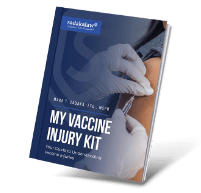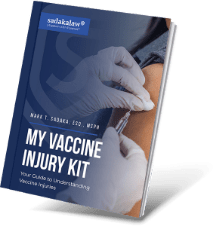The swine flu brush of 1976 holds crucial lessons for the government and health officials. The panic in 1976 was partly because of the belief — now known to be erroneous — that the 1918-19 flu pandemic, which killed half a million Americans and as many as 50 million worldwide, was caused by a virus with swine components. Recent research suggests instead that it was avian flu, but that seems unlikely to assuage the current anxiety.
Regardless, due to the panic in 1976, a disease that was uncommon to many people became many people’s focus and the center of attention. Even to this day, it causes concern to many and that disease is called Guillain-Barré syndrome, the most common form of nerve damage related to vaccines. 
The episode began in February 1976 when an Army recruit at Ft. Dix, N.J., fell ill and died from a swine flu virus thought to be similar to the 1918 strain. Several other soldiers at the base also became ill. Shortly thereafter, Wenzel and his colleagues reported two cases of the flu strain in Virginia.
“That raised the concern that the original cluster at Ft. Dix had spread beyond New Jersey,” said Wenzel, former president of the International Society for Infectious Diseases.
At the CDC, Dr. David J. Sencer, the CDC Director who led the government’s response to the threat and was later fired, solicited the opinions of infectious disease specialists nationwide and,in March, called on President Ford and Congress to begin a mass inoculation.
The $137-million program began in early October but within days reports emerged that the vaccine appeared to increase the risk for Guillain-Barre syndrome.
Guillain-Barré syndrome (GBS) is a rare disorder in which a person’s own immune system damages the nerves causing muscle weakness and sometimes paralysis. GBS can cause symptoms that last for as little as a few weeks or go on for several months. Most people recover fully from GBS but some people have nerve damage that does not go away. In rare cases, people have died of GBS, usually from not being able to breathe due to weakness of their breathing muscles.
The government suspended the program on Dec. 16 with increasing concern from reports saying the vaccine was touching off neurological problems, especially Guillain-Barre syndrome. The program inoculated 40 million people, almost 25% of the population, who waited in long lines at schools and clinics for a flu that never came.
More than 500 people are thought to have developed Guillain-Barre syndrome after receiving the vaccine; 25 died. No one completely understands the causes of GBS, but the condition can develop after a bout with infection or following surgery or vaccination. The federal government paid millions in damages to people or their families.
Since 1976, many studies have been done to see if other flu vaccines may cause GBS. According to the CDC, in most studies no link was found between the flu vaccine and GBS. However, two studies did suggest that about 1 more person out of 1 million people vaccinated with seasonal flu vaccine may develop GBS. This continues to be studied. For the most part, the chance of getting very ill from flu is far higher than the chance of getting GBS after getting the flu vaccine, according to the CDC.






